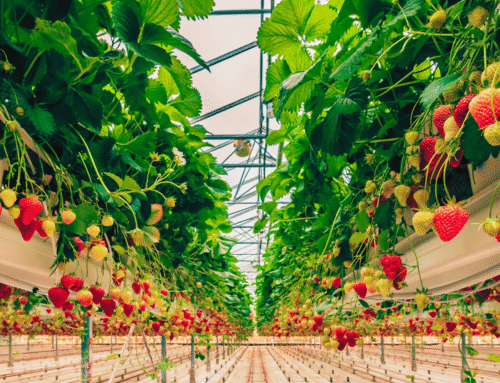Does one size fit all when it comes to cleaning in pig farming? Not quite. Seasonal shifts bring changes in temperature, humidity, and pathogen behavior, all of which should influence how we clean our facilities. With summer here and fall on the horizon, now is the perfect time to reflect on what works for summer and what needs adjusting for cooler days ahead.
Seasonal Shifts: Why Disinfection Isn’t Static
Indoor pig housing environments are dynamic. During the summer, higher temperatures and humidity levels can accelerate the growth of animal pathogens, but they also cause disinfectants to dry too quickly, reducing contact time. In contrast, fall brings cooler, sometimes damper conditions, which can slow drying but create pockets where mold and other pathogens thrive.
Animal Pathogen Priorities: Who Are We Dealing With?
In warmer months, bacterial threats like Salmonella and E. coli can flourish due to heat and moisture. By fall, respiratory illnesses such as PRRSV and Mycoplasma hyopneumoniae become more prominent, primarily due to pigs being housed closer together and shifts in ventilation patterns.
Understanding the seasonal prevalence of these pathogens can help tailor your cleaning approach. It’s not just about killing germs; it’s about targeting the right ones at the right time.
Summer vs. Fall Cleaning: A Practical Comparison

Why Go Botanical
Traditional disinfectants often rely on quats or ammonia-based formulas, which may contribute to resistance over time. BAC Ag offers a more innovative, safer alternative. This 100% botanical disinfectant harnesses multi-modal action by disrupting microbial cell walls, denaturing proteins, and inactivating enzymes. Its natural formulation makes it less toxic to animals and workers, yet highly effective against a broad spectrum of pathogens.
BAC Ag also adheres to surfaces longer, providing a longer lasting cleaning effect that lasts beyond the initial application. Plus, it has a naturally pleasant aroma with no harsh chemical odors. Because of its non-toxic safety profile, BAC Ag minimizes chemical exposure risks for humans and animals. That makes it an ideal fit for animal agriculture settings where biosecurity is essential. Its minimal risk status also allows it to be used across a wide range of environments, from hog barns to air conveyance systems.
Technology in Action: Genesis 360 Misting System
The Genesis 360 Misting System creates a powerful, automated application solution. Using advanced micro fluidization, Genesis 360 produces micro droplets that evenly coat surfaces without oversaturating them. This ensures full coverage and deeper penetration, which is critical in high-touch and hard-to-reach areas of hog barns.
Designed by Secure Logic, the Genesis 360 Misting System reduces labor needs and standardizes application, making seasonal transitions in your cleaning routine smoother and more efficient.
Practical Takeaways
- Evaluate cleaning routines as part of your seasonal transition plan.
- Adjust timing and techniques to account for changes in drying time and the type of animal pathogen.
- Consider integrating botanical solutions, such as BAC Ag, for effective and sustainable control.
- Use tools like Genesis 360 to streamline applications and enhance coverage.
Final Thoughts
As conditions shift from summer to fall, so should your livestock facility cleaning strategy. Being proactive rather than reactive helps protect herd health, reduce disease outbreaks, and maintain a cleaner, safer facility. Because in pig farming, a cleaner barn isn’t just cleaner; it’s smarter, too.
We welcome the opportunity to discuss the cleaning requirements for your farming operation. Reach out to us today to schedule a call: ➡️ https://securelogicusa.com/contact-us/
Note: Use of BAC Ag does not claim to control pathogens that cause human disease.




